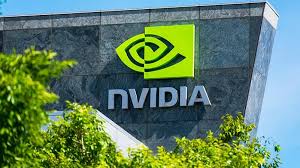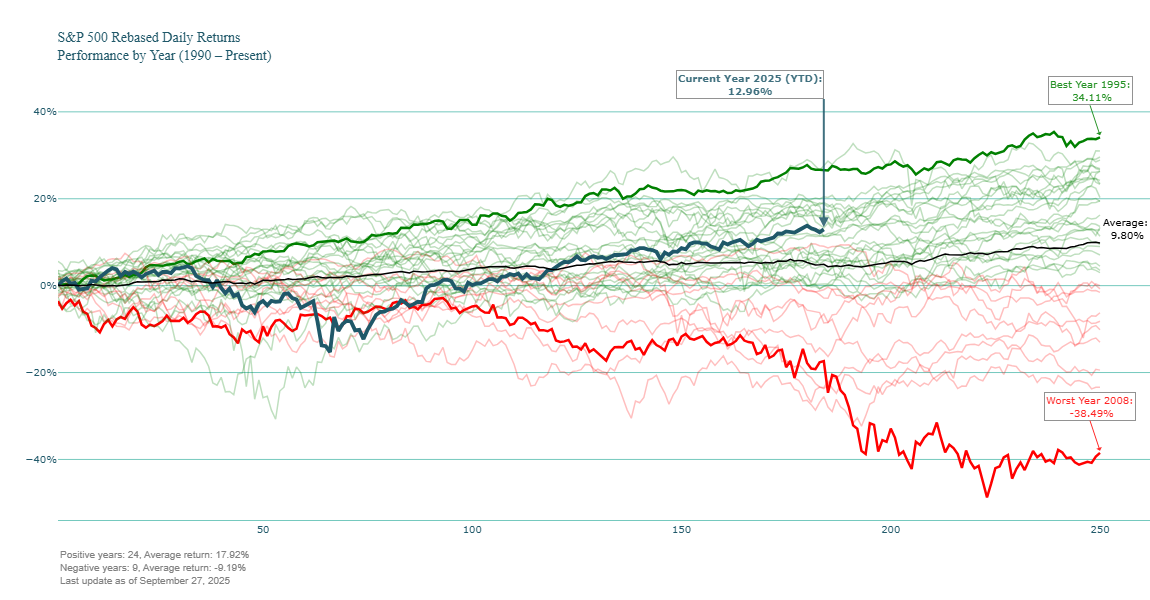Over the past five to seven years, NVIDIA has undergone one of the most remarkable transformations in modern market history. Once primarily recognized as a powerhouse in gaming GPUs, the company has evolved into the undisputed leader in artificial intelligence hardware. This shift began several years ago but truly accelerated after the 2022 boom in generative AI, when demand for high-performance computing surged across industries. NVIDIA’s data center business has since become its main engine of growth, far surpassing gaming in both revenue and profitability, as companies around the world rush to build AI infrastructure powered by its chips.


This rapid growth has translated into extraordinary financial results. Revenue and margins have expanded at a pace few could have predicted, propelling NVIDIA’s stock to new heights. Since 2022, its share price has increased severalfold, supported by a series of shareholder-friendly moves such as a 4-for-1 split in 2021 and a 10-for-1 split in mid-2024. These actions reflected the company’s confidence and helped broaden investor participation. At the same time, NVIDIA’s outsized influence on broader market performance has raised questions about valuation concentration, as a handful of mega-cap AI stocks — led by NVIDIA — now account for a significant portion of total market gains.
More recently, NVIDIA’s momentum has shown no signs of slowing. In late 2025, the company briefly reached a $5 trillion market capitalization, underscoring investor conviction that it remains central to the global AI build-out. Partnerships with hyperscalers and data center operators continue to drive record demand for its chips, particularly the H100 and the new Blackwell series. However, the stock’s ascent hasn’t been without risks. Concerns over U.S.–China trade tensions and potential export restrictions on advanced chips periodically inject uncertainty, while some analysts warn that current valuations already price in years of flawless execution.
Looking ahead, investors are watching whether NVIDIA can sustain its extraordinary revenue growth and profit margins as competition intensifies and AI adoption broadens. The next few quarters — especially guidance around data center orders and geopolitical developments — will be key in determining whether the company can maintain its leadership and justify its towering valuation.
Presented below is a cross-sectional analysis of NVIDIA’s financial performance, covering yearly and quarterly revenues as well as profitability trends. This approach helps highlight potential seasonality patterns that might be hidden within the company’s financial results, providing a clearer understanding of its performance dynamics. The next earnings release date is estimated for November 19, 2025, after market close.














Leave a Reply